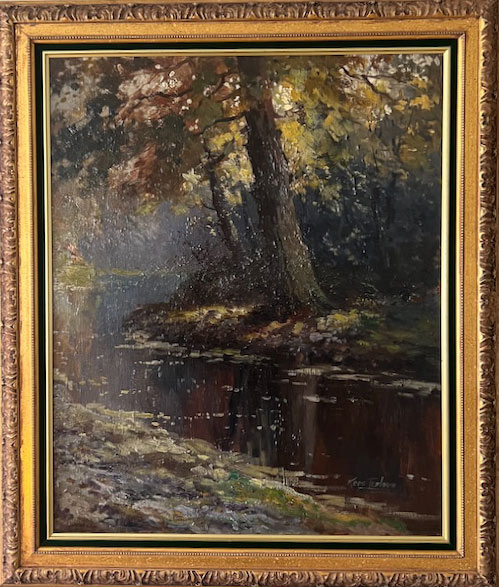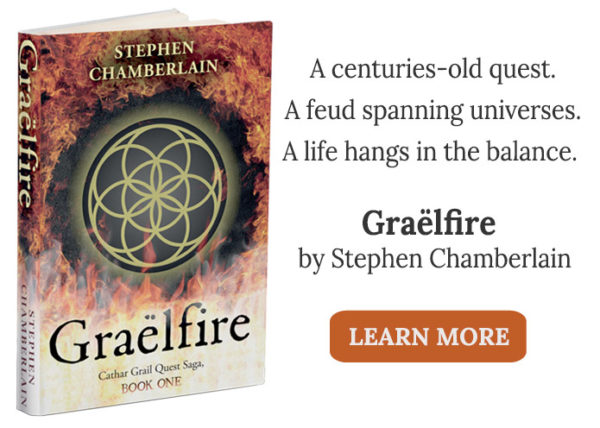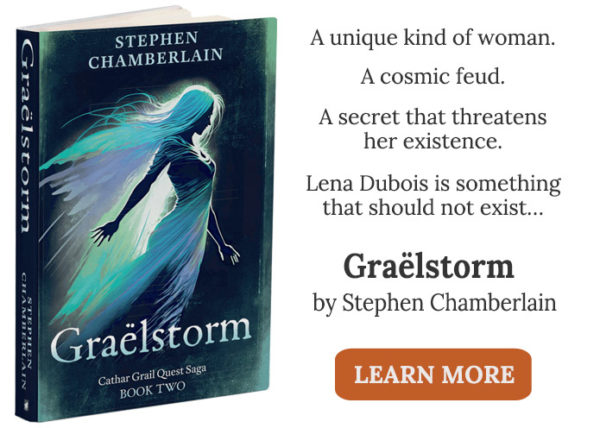“… a huge peak, black and huge,
As if with voluntary power instinct,
Upreared its head. I struck and struck again,
And growing still in stature the grim shape
Towered up between me and the stars, and still,
For so it seemed, with purpose of its own
And measured motion like a living thing,
Strode after me.”The Prelude by William Wordsworth.
Landscape as a Muse
The muses were the nine goddesses who presided over the arts and sciences in Greek mythology. Today, we use the term “muse” to refer to a source of inspiration for artists and creatives. The excerpt above is taken from Wordsworth’s epic poem The Prelude. He’s telling us how he took a stolen rowing boat out on a local lake when he was a young boy. Now an adult, he looks back on the memory and magnifies a towering peak next to the lake into a menacing presence. It seems to trail him as he rows along, pricking his conscience for having taken the boat without permission.
Landscapes and prominent man-made features in them have a strong effect on our imagination when we create fictional worlds. The quagmires of the Somme battlefields influenced J.R.R. Tolkien’s description of the Dead Marshes in The Lord of the Rings. Similarly, Northumbria’s Hadrian’s Wall sparked the idea for the massive Wall of Westeros in Game of Thrones.
Real Landscapes
Our planet is a vast and varied place that can stir up feelings of awe and wonder or fear and foreboding. The austere magnificence of the Swiss alps surrounding my home in the Rhone valley inspired my first novel, Graëlfire, while the Mont Salève massif, standing over 4000 feet behind Geneva and its lake, gave me the idea for The Scarp—the brooding backdrop for the Arkheïa’s capital city of Celestina in my novel Graëlstorm:
“…the Curia’s façade (rose) like a cliff in front of her. Constructed to the Arkheïa’s eternal scale out of semi-opaque gvärstrin rock, its walls soared upwards towards a vast dome that hovered as if it had descended among a crown of spires. It might have uplifted the spirit were it not for a kilometre-high precipice that loomed over the entire ctiy. The Scarp was an omnipresent backdrop to the Citadel — a monolithic stone wave forever about to break. Its mass seemed to mock her. “Behold your insignificance. You are nothing compared to the will of the Arkheïa.”
The influence of landscape on stories is nothing new. In her ghostly tale The Woman in Black, Susan Hill uses the haunting ambience of the marshland along Suffolk’s North Sea coast to shape Eel Marsh House, the main setting for the story. The film adaptation was shot on location in neighbouring Essex, where the desolate coastline and eerie salt marshes add to the overall sense of isolation and unease that forms the bedrock of the novel.
Thomas Hardy believed landscapes are as important as people in fiction, because people are shaped by their surroundings. Emily Brontë’s Wuthering Heights relies heavily on the windswept and rugged terrain of the Yorkshire Moors to establish an untamed wildness that mirrors the passionate but tumultuous relationship between Heathcliff and Catherine. This is a place where “sky and hills mingle in one bitter whirl of wind and suffocating snow” and where the stunted trees “all [stretch] their limbs one way, as if craving alms of the sun.”
Imagined Landscapes
Invented landscapes are essential backdrops for otherworldly adventures that whisk readers away to wondrous realms beyond our own. Authors frequently use real-life places as a starting point for their imaginary settings, often inflating key features for dramatic effect. Just as George R. R. Martin reimagined Hadrian’s Wall as a colossal ice wall along the northern border of the Seven Kingdoms, Pandora in James Cameron’s movie Avatar has floating mountains inspired by actual limestone formations found in China. Imagined landscapes shape an entire fictional universe in Terry Pratchett’s Discworld series, where a flat world is balanced on top of four enormous elephants standing on a giant turtle. Pratchett drew inspiration from Indian mythology, but his descriptions of locations on The Discworld blend the surreal with the familiar, making them relatable to readers. For instance, he transforms the rolling downland of Cranborne Chase in England into the fictional region known as The Chalk, home to his character, Tiffany Aching.
Urban landscapes can also contribute to the mood of a story. An iconic example is Gotham City. A gritty metropolis inspired by New York, this is the fictitious backdrop for Batman and his brooding persona. With its towering skyscrapers, labyrinthine streets, and gothic architecture, Gotham exudes a sombre and unsettling vibe riddled with crime and corruption—the ideal setting for a battle between good and evil.
Even landscape paintings can jump-start the worldbuilding muse. The artwork featured at the top of this post is by the Dutch impressionist Kees Terlouw who is known for his watery scenes and mesmerizing use of light. The moody atmosphere with its shadows and reflections on water provided the muse for Asfödel, another key setting in my novel Graëlstorm. Asfödel is a liminal forested realm ruled over by the Arkheïa Lord Luther. This is the destination for the souls of Karisma-hosting species after death as they journey towards their ultimate oblivion. It’s also where the renegade Graëlheem brigade of Drude Chosen seeks refuge after being expelled from the Graëlgarth:
“…the trees were black skeletons…Not a breath of wind or sound stirred the stillness; Asfödel was a ghostly landscape through which the Graëlheem moved like shadows. A gloomy woodland on a misty day. Lena wondered if the Drude Chosen found the atmosphere as depressing as she did. There weren’t even any songbirds to lift the spirits.”
From the windswept moors of England to the far-flung reaches of distant continents, there is something about landscapes that stirs our creative spirit. More than a stage for characters to perform on, they shape the stories we tell and the worlds we create.



